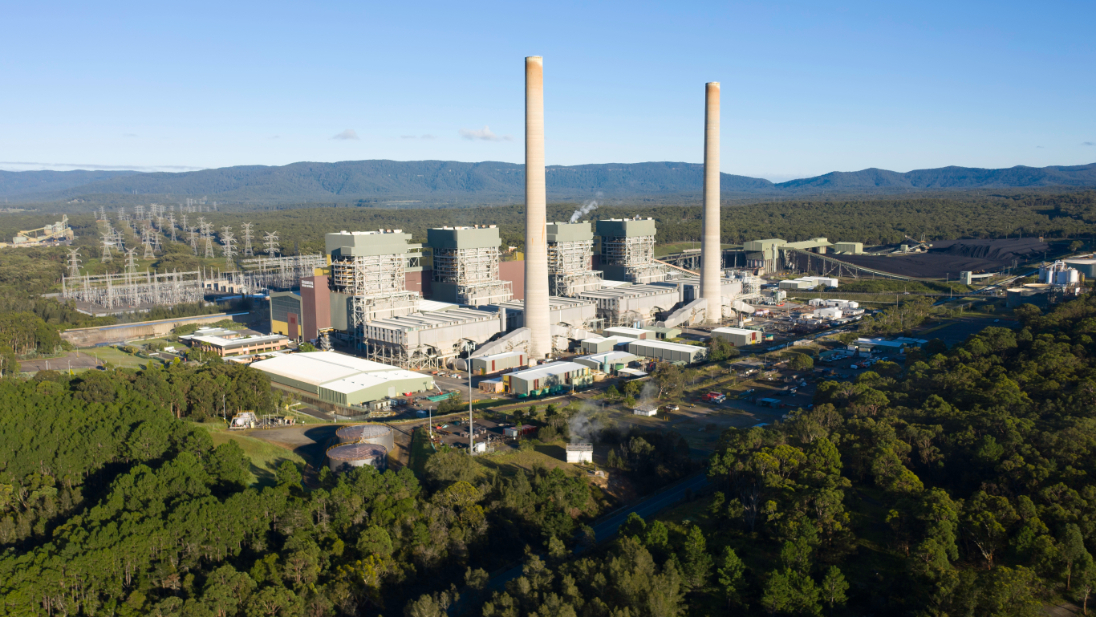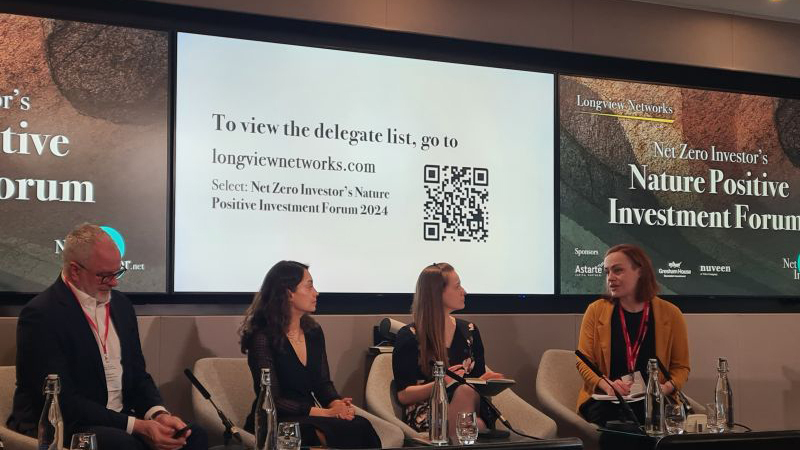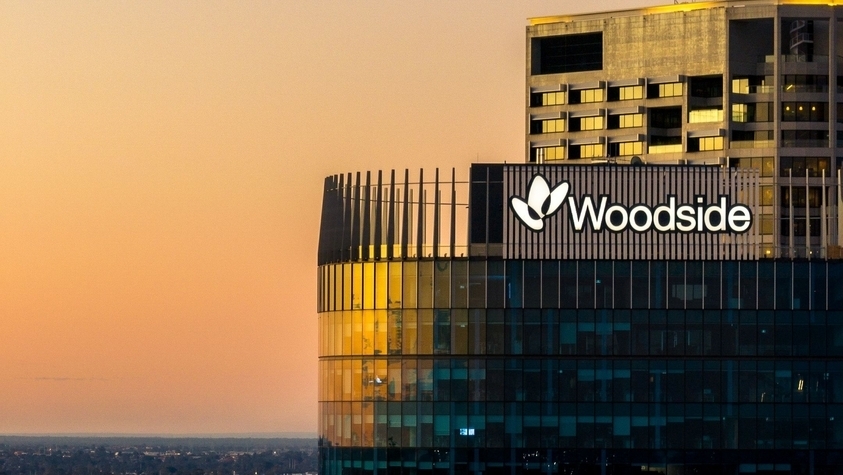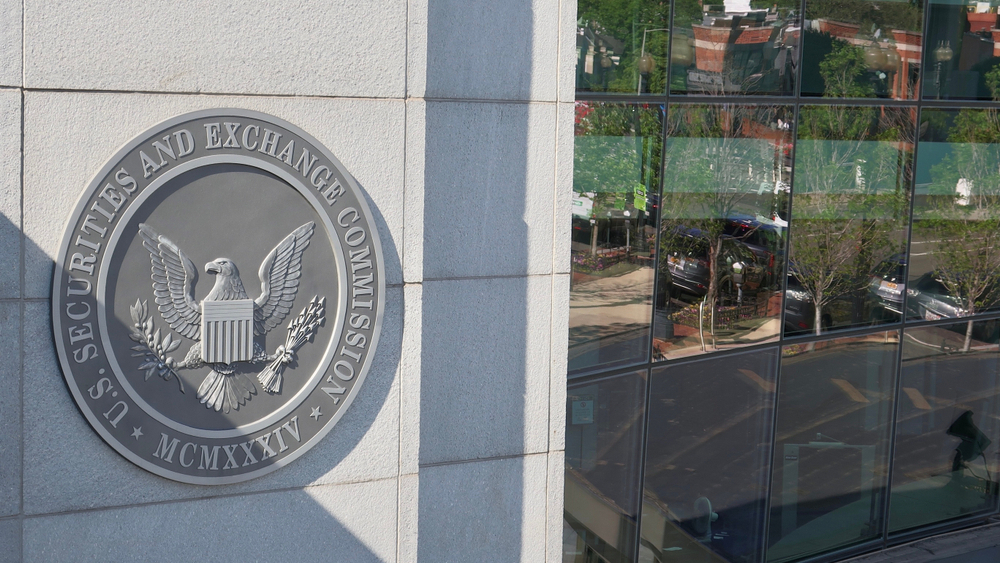
Mike Cannon-Brookes: the billionaire shaking things up at AGL Energy
The software mogul-turned climate activist has won a battle to refresh the board of Australia’s largest emitter and is unlikely to stop there.
November 15 was “a great day in the future of Australia’s decarbonisation”, according to Mike Cannon-Brookes. The tech billionaire’s tweet was referring to the recently concluded annual general meeting (AGM) of AGL Energy, Australia’s largest electricity generator and its largest emitter.
Cannon-Brookes made his fortune by co-founding Atlassian, a software company headquartered in Sydney with over $2bn in annual revenue in 2021. He has a net-worth of over $8bn and is an investor keen to see climate change taken seriously at the highest levels of government and industry.
At the company’s AGM, AGL’s shareholders had voted to elect Cannon-Brookes’ proposed new directors – Dr. Kerry Schott, Mark Twidell, Christine Holman and John Pollaers – to the board. Together they represent a range of expertise on climate, renewables and net zero.
Schott is the past chair of Australia’s Energy Security Board and of New South Wales’
Net Zero Emissions Board; Twidell is a renewable energy expert who used to work for Tesla; Holman is the former chair of the Safety and Sustainability Committee of materials company CSR; and Pollaers is a “turnaround specialist” and the chancellor of Swinburne University of Technology.
The idea seems to be a familiar one in net-zero engagement – if you need to ensure that a company is heading in the right direction, pay close attention to those who hold the steering wheel.
AGL’s shareholders also voted in favour of the company’s climate transition plan. Released in September 2022, the plan is to sequentially shut down coal-based generation capacity to cut emissions by 17% (Scopes 1 and 2) against a 2019 baseline by 2024 and expand the emissions reduction to 52% by 2035. This puts the company on a trajectory to achieve carbon-neutrality by 2050. For Cannon-Brookes, that is not anywhere near ambitious enough.
Contrary to his 2017 TED talk, where Cannon-Brookes outlined his experience with imposter syndrome, the Australian is anything but out of his depth when it comes to decarbonisation.
Reliance on coal
AGL’s transition is inextricably linked to Australia’s. Forty-seven percent of Australia’s emissions come from electricity generation. This is mostly due to the system’s reliance on coal power – the combined share of black and brown coal in Australia’s electricity supply is 64.9%. AGL accounts for 20% of Australia’s electricity generation capacity and 8% of the country’s emissions.
In addition, according to Australia’s clean energy regulator, AGL’s Scope 1 emissions alone add up to 40.2 million tonnes, making it Australia’s largest emitter. AGL’s carbon footprint exceeds that of some of Australia’s other emissions-intensive companies like Woodside Petroleum, Chevron Australia and Origin Energy. AGL, in more ways than one, is the most critical piece of Australia’s decarbonisation puzzle.
A climate-activist in his own right, Cannon-Brookes has had AGL in his sights for some time. Through his private investment company, Grok Ventures, he is AGL’s largest single shareholder and owns 11% of the company.
Not too long ago, Cannon-Brookes partnered with Canada’s Brookfield Asset Management to launch an $8bn 100% acquisition bid for AGL. The goal behind the takeover was to implement an audacious A$20bn plan to ensure that AGL’s power generation assets were aligned with the Paris Agreement goals. The plan was to put AGL on track to be net-zero by 2035, 15 years ahead of the company’s current ambition.
Cannon-Brookes is no stranger to climate activism and green industries. For example, he is backing a A$30bn project to export solar energy from Australia to Singapore. The “Australia-Asia Power Link” is trying to maintain Australia’s historical commercial ethos of exporting energy, but basing it not on the island’s extractives but on the fact that Australia has the world’s second-highest per-capita solar resources.
The end goal is to power 15% of Singapore’s electricity supply by renewable energy generated in Australia, transported through a 4,200 kilometre submarine cable. The scale of the project is matched only by the significance of its intention.
Contrary to his 2017 TED talk, where Cannon-Brookes outlined his experience with imposter syndrome, the Australian is anything but out of his depth when it comes to decarbonisation down under.




